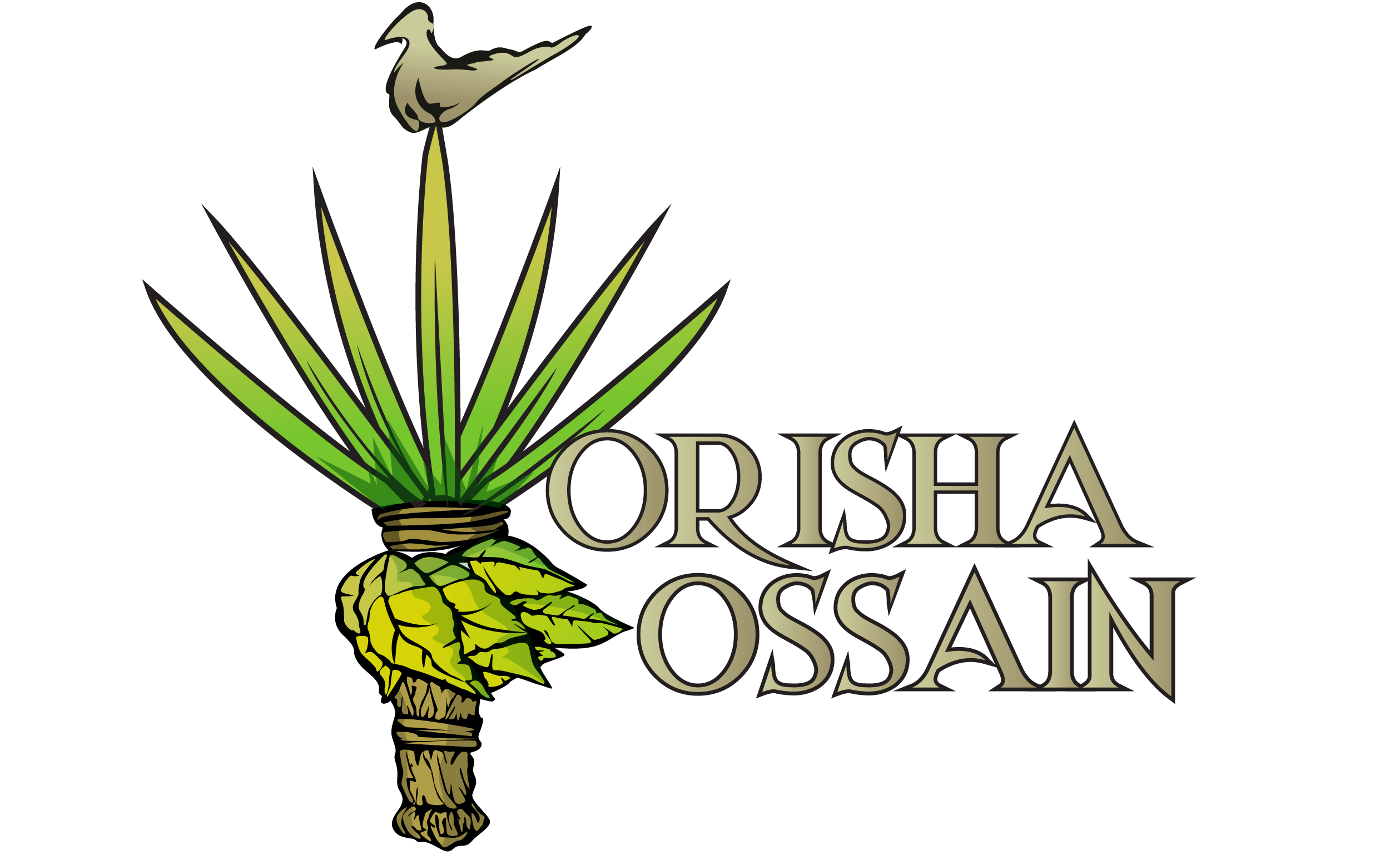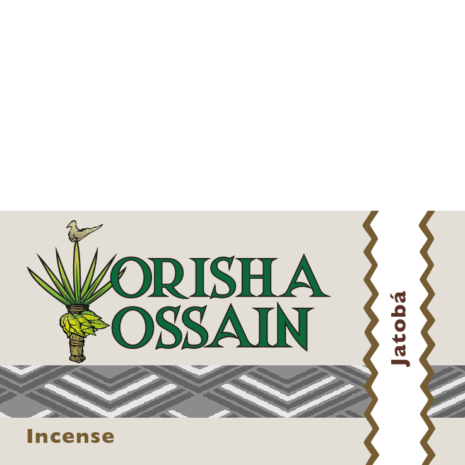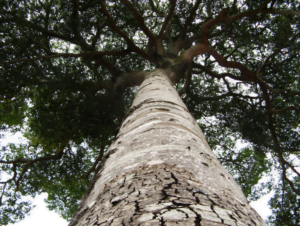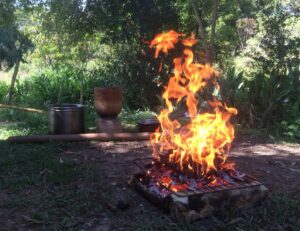Jatobá Ash
From: $12.55
Jatoba ash makes a great rapé. Maybe you should try the Jatobá snuff first to know about its energy.
About Jatobá/ Hymenaea courbaril
Jatobá, officially known as Hymenaea courbaril. It is a tall rainforest canopy tree. Some Jatobá trees reach towering heights of 90 feet. The tree is part of the family of the Fabaceae. Extending from the north to the southeast of the national territory Hymenaea courbaril grows in Brazil.
Since ancient times, Jatobá has been used in natural remedies for ailments including coughs and bronchitis and many others. it’s also a great booster of natural energy without any caffeine or other harmful stimulants. Many Amazonian people use Jatobá in various ways. The use of Jatobá’s resin as a part of love potions
is one example. This resin is also burned as incense at wedding ceremonies.
Chemical analysis of jatobá shows that it is rich in biologically active compounds including diterpenes, sesquiterpenes, flavonoids, and oligosaccharides. Jatoba also has notable antibacterial and anti-inflammatory properties. A study performed at the University of Brasilia in Brazil found that the phytochemicals, including phytic acid, in jatoba could help reduce swelling and irritation. It may also be beneficial in combating a wide array of harmful organisms, such as bacteria and viruses.
Medicinal Benefits: Jatobá is an excellent source of vitamin C and minerals such as iron, phosphorus, potassium, magnesium, and calcium. It strengthens the immune system, regulates blood pressure, aids in brain performance due to the presence of magnesium. Great decongestant and expectorant.

 The burning fire
The burning fire
Three bark ashes are a fundamental part of the majority of the Brazilian types of Rapé. The bark comes from various medicinal trees. Many times found in the region where indigenous tribes live and other times bark types from other trees from other regions in Brazil.
The production of ash is a process I have witnessed and participated in. The way of burning the bark to obtain a good result requires experience. The fire that burns the bark should not burn too hard but also not too soft.
A wood bark fire can burn for many hours and needs some attention. In a good burning session, you want as much as possible reduced to ash. Leaving as little as possible charcoal in the pit.
Sieving and cleaning
After collecting the ash the next day a series of sieving steps follow. The sieving process removes several impurities like sand and tiny bits of unburned charcoaled wood. Now the cleaned ashes are ready. Reheating the ashes on a hot fire makes sure the ashes are bone dry.
Reduction of mass
Burning bark to get ashes naturally brings a huge loss of mass. In general, with good knowledge of making ash, you can get around 500 grams of ash from 10 kilos of bark. So after the burning of 10 kilos of bark and processing the leftovers, 20% of the starting weight is clean and useable ash.
This number may vary depending on the type of bark, the style of burning, the humidity of the bark, and other factors.
The alchemical body, salt
From an alchemical point of view, ashes represent the body of the bark in a concentrated form. These ashes contain the mineral salt of the bark. The use of medicinal ashes has a long history. Already in ancient Indian alchemical tradition working with ashes has been recorded.
This dates back to at least 4000 BC. (source). It is interesting to know that during our earthly history, the knowledge of working with ashes somehow found its way to the Amazon Indians. An interesting article about the use of ash by the Amazonian Witoto Indians can be read here. In the neo-alchemistic tradition of Spagyrics, alchemical salts also have an important function.

How to use
You can use this ash to mix with pulverized herbs to create your own Rapé variety. If you like to study and learn about the energy and power of only the ash then use it in the same way as you would with Rapé.
Wetting your finger and putting a little bit of ash from your finger to your tongue you can feel a short prickly numbness sensation that lasts for a few seconds.
Some ashes give you these sensations and others don’t (this does not mean one is less strong than the other). It is just another simple way to learn more about ash and connect to its energy. The alkaline ashes help to basify the mixture.
Storing
Ashes are hygroscopic. This means that they have the tendency to attract water from the air toward it. When you make your own Rapé blends, keep the time you expose it to the open air limited. After blending it’s advisable to put your newly made rapé in any type of airtight container. The rapé ashes you find here have all been dehumidified before storing.
Tepi and Kuripe
Have a look at the collection of Tepi and Kuripe. Various styles from different artists are available.  Tepis receiving blessings from their creators
Tepis receiving blessings from their creators
Handling & Storing
I dehydrate this Murici ash and all other ashes coming from my shop. I then sieve the ash through a 35-micron high-grade stainless steel mesh. I also store the ash stock dry and in vacuum containers to prolong freshness and quality.
This results in.
- an extremely fine powder.
- a guaranteed consistent fineness
- optimal absorption of the snuff








